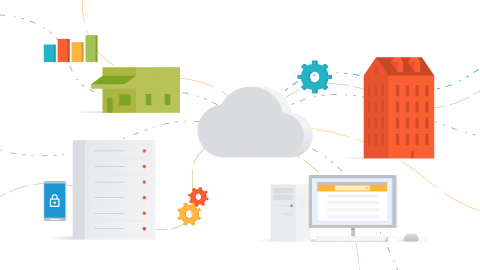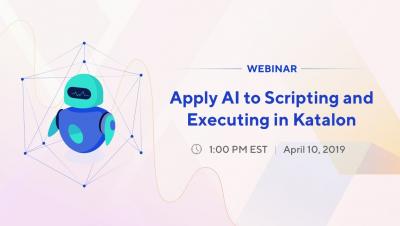Making API development faster with new Apigee Extensions
As API programs gain traction, we know many companies want to empower developers to quickly build and deliver their API products. To aid them in this effort, we recently announced the availability of new capabilities in Apigee, the enterprise API management platform of Google Cloud Platform (GCP), to help enterprise IT teams speed up their API development. With faster API development within GCP, you can innovate faster and create connected customer experiences, plus increase developer productivity.








